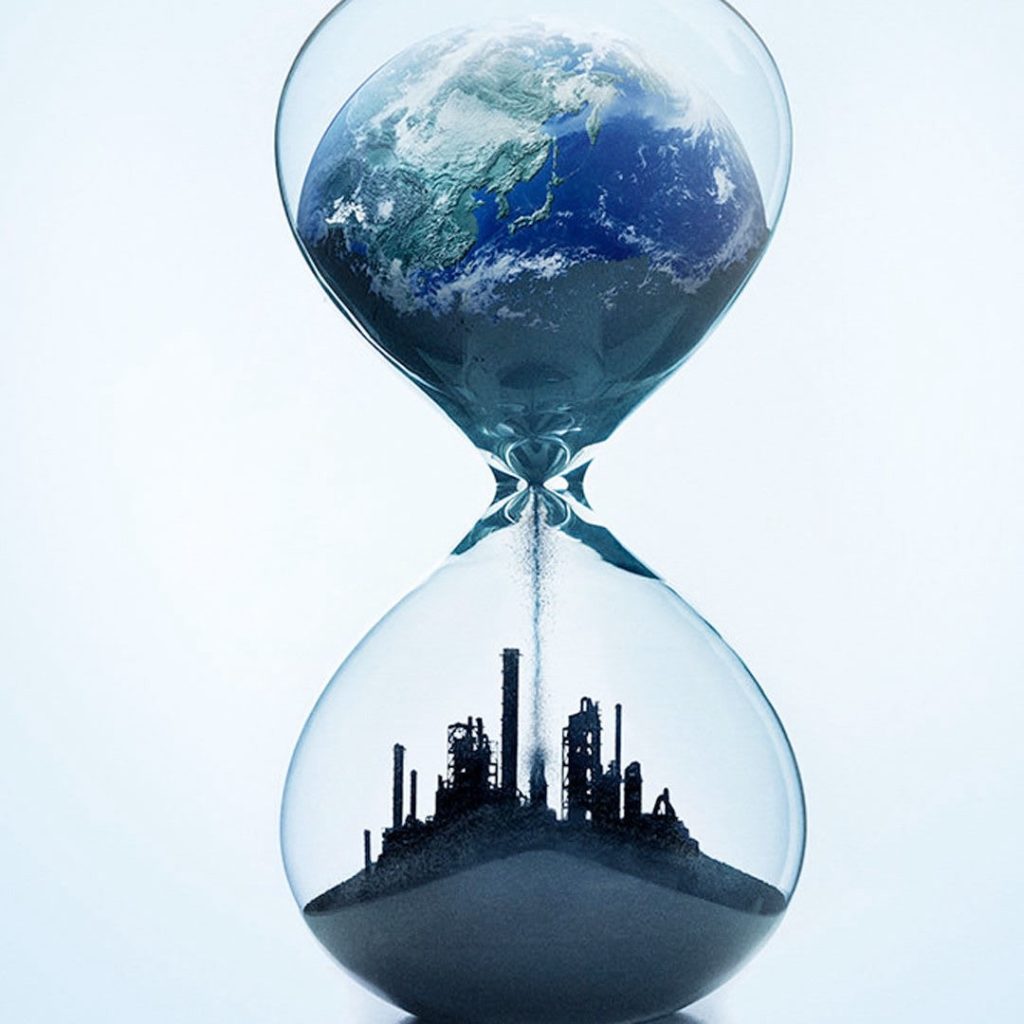As a starting point it is, therefore, worth reminding ourselves of the four principal issues on which progress was sought at COP27. These were:
- Cutting GHG emissions
- Adaptation to a warming world
- Finance from the rich to poor countries to help fund the latter’s abatement measures and plans originally pledged at the 2009 Copenhagen meeting – for $100 bln/year.
- Compensation for the impact of warming.
Key takeaways
We will now have a look at the key takeaways from the meeting of which there are five which merit highlighting.
Funding for ‘loss and damage’
Rich countries gained their wealth from fossil fuels, leaving poor countries who haven’t benefited from those emissions with huge bills from the resulting climate impacts. After decades of calls to compensate climate victims in the developing world, COP27 finally produced an agreement to create a fund that would address loss and damage.

Global lending opportunities
There was a call to reform the global financial system so that it better accommodates climate goals. This would be achieved by adjusting the mandates of multilateral development banks such as the World Bank and the International Monetary Fund, to ensure that greater financing is directed to energy-transition projects and efforts to adapt to a warming planet.
Targets, plans, commitments
The purpose of this measure, called ‘mitigation work programme’ is to ensure that countries set clear targets, plans and metrics to reduce emissions at a rate consistent with their climate goals. So far, commitments have fallen short, with countries using different criteria and baselines for their targets. Without a common system, pledges may not turn into actual emissions reductions.
Lack of ambition to reduce emissions
Despite efforts by both the US and EU, as well as India, the final agreement failed to raise ambitions on reducing emissions, resulting in the world likely missing the 1.5 degrees Celsius warming target enshrined in the 2015 Paris Agreement. Calls to phase out all fossil fuels and to see global emissions peaking by 2025 (which is likely to happen anyway, according to the International Energy Agency), were rejected by many nations who export oil.
While the phase-down of all fossil fuels did not make it to the final text, momentum grew around an idea that was not even on the cards before the summit and supported by circa 80 countries, with the EU and others expected to lobby on the issue during the year ahead.
Rules for carbon markets
At COP26, agreement was reached to create the rules that would allow nations to trade carbon credits. That means that country A, for example, could pay to preserve country B’s forests, and in return scrub emissions from its carbon ledger. At COP27, negotiators outlined a more detailed framework for how such a carbon market would work, including allowing corporations to buy credits from governments.
However, a number of expert observers warned that the rules are still not rigorous enough and not sufficient to promote effective climate action.
The overall impression seems to have been one of disappointment about the apparent lack of ambition, with a couple of ‘positives’ and a couple of ‘negatives’ worth highlighting:
Positives:
- Establishment of a funding architecture to address (a) compensation for ‘loss and damage’ and (b) adaptation to a warming world
- 50 more countries signed up to the methane pledge launched at COP26, with 150 having now pledged to reduce methane emissions by 30% by 2030; China indicated that it was drafting up a plan to this end, but did not join the pledge
Negatives:
- There were no new commitments on phasing out fossil fuels and cutting GHG emissions
- The rules on carbon markets and trading of credits fell short of what is deemed to be necessary to put a cost on emissions; that is the establishment of a transparent global carbon pricing system.
The measure of the challenges ahead can best be framed by the recent IPCC projection that the world is on course to experience a +2.4 Degr C rise vs. pre-industrial times on the basis of existing mitigation / abatement measures and policies. Currently, the increase is around half that, at +1.2 Degr C, placing in serious jeopardy being able to meet the key Paris Agreement warming target, of 1.5-2.0 Degr. C.
Energy sector: 2023 and beyond
We will now have a brief look at some observations from the IEA’s recent World Energy Outlook, published in November 2022.

One of the key consequences of the Russian attack on Ukraine has been to place the issue of energy security ‘front & centre’ as a significant concern. Further, according to the IEA, it will have the effect of accelerating the peak in global fossil fuel consumption, with gas demand now projected to join oil and coal in reaching that point near the end of the current decade. While global emissions are expected to peak around 2025 they will continue to be at levels well in excess of those which are consistent with the Paris Agreement target.
Russia is projected to be the big loser from the ‘energy war’ it started, with its share of internationally traded energy falling from a current 20% to 13% by 2030.
Issues likely to dominate the energy environment in 2023 are:
- Crude oil supply, especially in the light of recent OPEC decisions on quotas and the impact of the embargo on Russian material, coming into effect in January 2023
- There is a serious global shortage of diesel; the US, which is a key supplier to Europe, saw diesel stock levels fall 25 days’ supply in late November, which is an all-time low. The situation will be exacerbated by the embargo on Russian material from February 2023, the country being Europe’s main supply source (about 25 mln mt/year)
- Will there be sufficient supplies of LNG and adequate, accompanying logistics infrastructure (re-gasification, storage, etc.) to replace piped Russian gas? Currently gas storage in Europe is circa 95% full, which will see it through this winter; what further measures are needed to manage demand to address likely supply shortfalls in the winter of 2023/24?
Lots of challenges ahead, in both the short and longer term- but the stakes are very high, as are the likely costs of failure!
ROD PROWSE, worked for 30 years across the full spectrum of the downstream oil sector, in both the UK and USA, which has included leadership positions in both retail and wholesale fuels businesses. Rod draws on his extensive knowledge of this global industry to bring us ‘Industry Insights’

